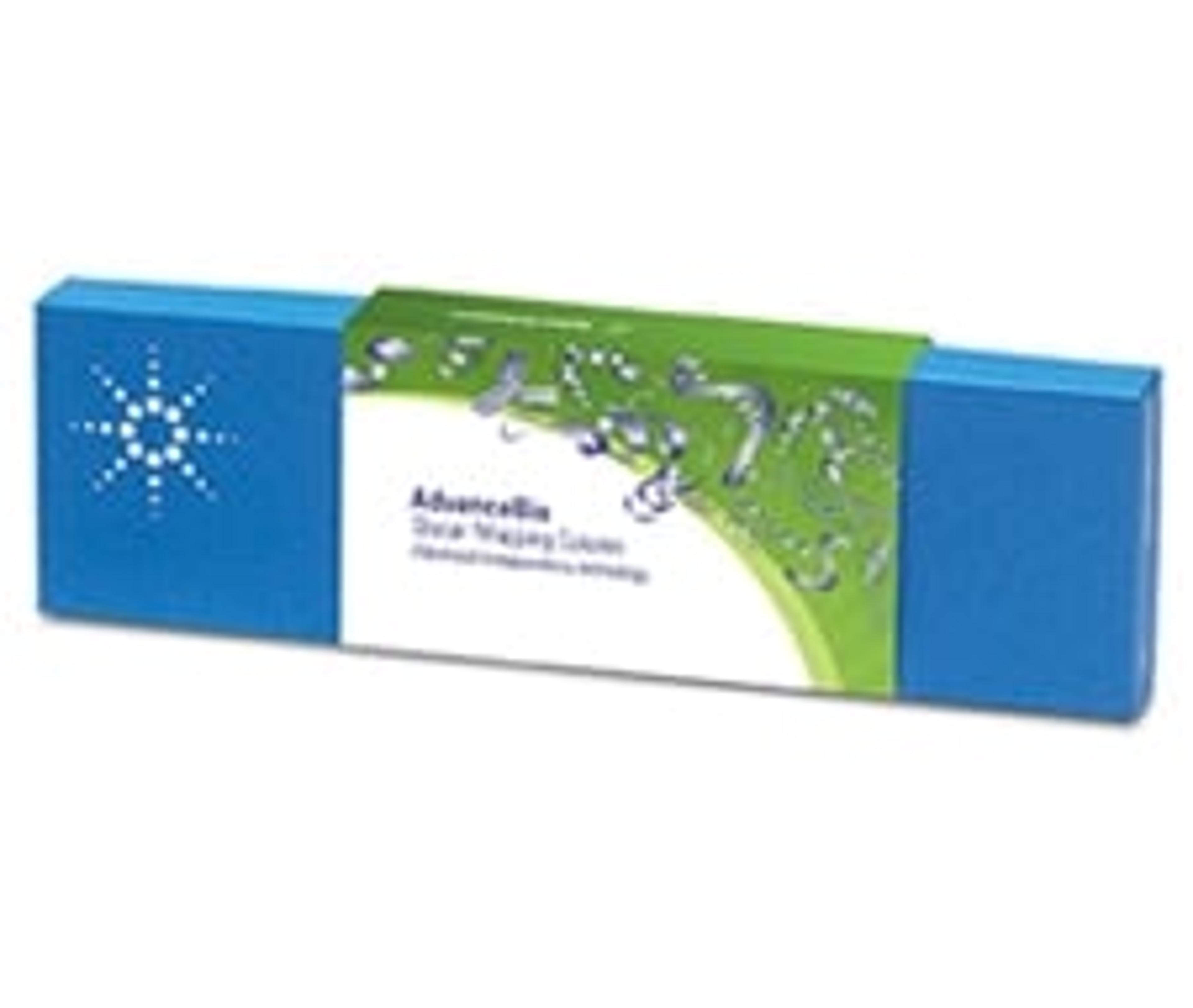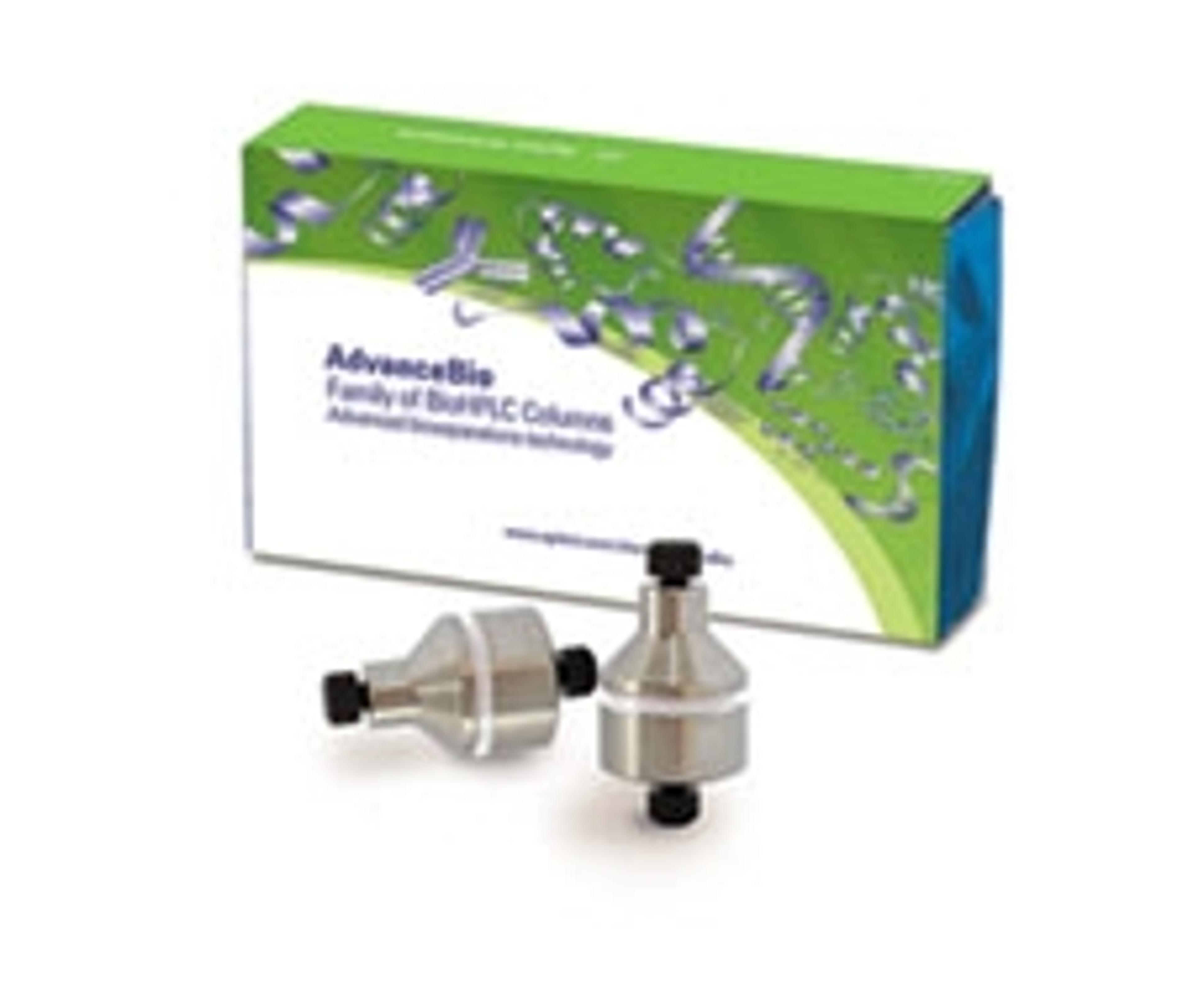Webinar Highlights: Strategies for the Separation and Characterization of Protein Biopharmaceuticals
23 Feb 2015
Protein biopharmaceuticals are being developed at an explosive rate and have attracted great interest from both smaller biotech firms and big pharma. Developing protein biopharmaceuticals and their follow-on versions is highly demanding in many ways. From an analytical perspective, handling biomolecules presents new challenges for chromatographers, and the field of bio-chromatography is advancing rapidly as new and higher resolution techniques for characterizing proteins, including monoclonal antibodies, are evaluated and better understood.
In this webinar, Dr Koen Sandra, of the Research Institute for Chromatography discusses
the recent analytical work his team have done to evaluate both innovator biopharmaceuticals and biosimilars. Dr Koen talks about the initial characterization of biosimilars at the intact protein level, subsequent aggregation, charge variants, peptide and glycan analysis. The use of multiple UHPLC and LC/MS techniques and the rationale for the selection of the different techniques and methods are also discussed. Dr Maureen Joseph, of Agilent Technologies also shares some highlights of new bio-column technologies that support the techniques used.
Watch the on-demand webinar here; read on for highlights from the webinar Q&A session or download the associated application notes (using the resources tab or in the text below).
1. What is the Poroshell 3.5 micrometer?
The Poroshell column is a short column packed with superficially porous particles with a particle size of 3.5 µm and a pore size of 450Å. It is available in various chemistries and examples on the C4 chemistry were given in the webinar. The column is designed for high productivity separations of monoclonal antibodies and fragments thereof. The 450Å pore size does not slow diffusion of the mAb and the superficially porous particle furthermore reduces the diffusion distance, allowing fast separations with good resolution. The Poroshell column is used in this application note for UHPLC protein separations at low pressure.
2. Which ID column was used for CEX separation and which for U/RPLC separation?
For the cation exchange chromatography of intact mAb or fragments thereof, a 4.6 mm ID column was used. Most of the RPLC separations (at protein and peptide level) were performed on columns with 2.1 mm ID. The latter separations were combined with mass spectrometry and there a smaller internal diameter is beneficial.
3. For the widepore Poroshell column, the particle size is larger than sub micro size. How does it achieve a better resolution?
For very large molecules like the antibodies shown, the resolution is going to be affected by how quickly the large molecule can diffuse in and out of the pores. Therefore the large pore size and the short diffusion distance provide good resolution. We have compared the results on the RP-mAb 3.5um column (Poroshell type) to a 300Å sub 2um particle size column and the resolution is very similar. The Poroshell type column does the separation much faster.
4. How can you be sure that the modification sites are deamidated as the mass differences are very low?
We are 100% sure about these modifications. A deamidation results in a mass increase of 0.98 Da. When using high resolution mass spectrometry, such as Q-TOF MS which typically gives rise to mass accuracies below 2 ppm, this event can readily be recognized. Asparagine deamidation commonly proceeds via a succinimide intermediate and yields next to aspartic acid also isoaspartic acid. The former will yield a post peak, the latter will yield a pre peak relative to the native non-deamidated peptide peak. In case multiple potential deamidation sites reside in the peptide, the exact site can be revealed by performing MS/MS experiments.
5. Do you have any data showing the differences between using a bioinert system versus a standard system?
We have run a variety of applications on the Agilent 1260 BioInert LC system and on a standard LC. Sometimes there are big differences in recovery or the limit of detection we can achieve. It depends on the actual sample. We have seen it for IgG1 and IgG2 type samples, though all won’t be the same. Size Exclusion Chromatography (SEC) using this LC System is discussed in this “how to” guide. Examples of this are included in the applications literature references on the Agilent web site or from the link provided at the end of the seminar.
6. What is the optimum condition in SEC for herceptin and does using arginine in the mobile phase make a difference?
The optimal conditions for Herceptin SEC are using a 150 mM Na-phosphate buffer at pH 7 without adding any salts. It is true that for some proteins additives need to be added to the mobile phase to prevent secondary interactions and increase recovery. This was not the case for Herceptin.
7. Why are higher temperatures used in some types of chromatography? Could some temperatures result in a reduction in recovery?
The chromatographic mode that clearly benefits from the use of elevated temperatures is RPLC. Increasing the temperature will drastically improve the separation of both proteins and peptides due to, among other factors, slow diffusion of these molecules in liquids at lower temperatures. Increasing the temperature will reduce the viscosity of the mobile phase and will allow proteins and peptides to diffuse easier. In addition, higher temperatures can also increase the recovery of proteins on RPLC columns. The optimum temperature should be evaluated for your sample in RPLC, but temperatures between 70° and 90° are often used.
8. Can you give more information about the biosimilars discussed?
The biosimilar data shown was related to Herceptin. Herceptin is already out of patent in Europe and will be off patent in the US in the coming years. As a result, there is a lot of biosimilar activity ongoing. When developing a biosimilar, it is very important to show that the characteristics are highly similar to the originator, within the batch-to-batch variations of the originator material. As such, in biosimilar development, a lot of effort is placed on characterization and all technologies shown in the webinar need to be applied to show comparability, e.g. in sequence, glycosylation, aggregation, etc.
9. Can you please comment on comparison of biosimilar analysis using tools like iCE (Isoelectric Focusing) and using Light scattering detector instead of MS coupled to LC?
Characterizing biopharmaceuticals and biosimilars demands a wide range of technologies and methodologies. iCE and Light Scattering will provide you complimentary information, more in particular on charge variants and on aggregation/particles, to the tools discussed in the webinar.
10. The conditions shown for the reversed phase chromatograms use a mobile phase with TFA in it and you show both UV and MS data. Did you find that the TFA in the mobile phase compromised the sensitivity in the MS too much, or did you use an alternate mobile phase for MS work?
Indeed, TFA compromises MS sensitivity. Compared to formic acid for example, MS sensitivity is approximately 10 times lower when using TFA. On the other hand, chromatographic peak shape and separation, especially for intact proteins, is so much better with TFA compared to FA that we typically opt for TFA. Even when using TFA in the mobile phase during peptide mapping, MS measurement still allows us to detect for example peptide modifications at 0.01% levels.
11. Can you also use the HILIC column/method to analyze sialylated N-glycans?
Yes that is possible. The examples I showed you where on complex glycans without sialic acid. We have however also analyzed glycans liberated from sialylated biopharmaceuticals like Enbrel and Erbitux. And these sialylated structures are nicely resolved from the non-sialylated glycans. The addition of N-acetylneuraminic acid or N-glycolneuraminic acid to the glycans will increase the retention on the HILIC column. Learn how you can achieve new levels of resolution for glycan mapping with AdvanceBio Glycan Mapping in this application note.
12. The separation of the Remicade on the widepore Poroshell column is done very quickly – in about 6 minutes. That seems awfully fast for large molecules. Would the resolution be enhanced if you went slower?
Well the very nice thing about this column is that you can go that fast without losing resolution due to the 450A pore size and the superficially porous particle. The 450A pore size does not slow diffusion of the mAb and the superficially porous particle furthermore reduces the diffusion distance.
13. Have you tried these methods on other monoclonal antibodies?
We have applied all methods shown on other mAbs and fusion proteins on the market like Humira, Mabthera, Remicade, Erbitux, Enbrel, etc. We obtained good results on RPLC, CEX, SEC, HILIC for these proteins as well. Sometimes some method fine-tuning is required, for example by slightly adjusting the pH of the mobile phase when cation exchange chromatography is used. This application note describes how Agilent Bio-Monolith Protein A columns enable you to perform cell culture optimization and determine MAb titers.
14. On the peptide map, you showed some differences in the deamidation in the biosimilar and originator. Do you feel that the reproducibility of the peptide map is sufficient to be really confident in the difference shown?
Reproducibility is very important for us. We are running several of these methods routinely to assess comparability between production batches, between innovators and biosimilars and in stability studies. The peptide mapping method shown, is giving us the reproducibility that we need. The deamidations discussed are measured with relative standard deviations below 5%. Results have also been confirmed with other methodologies like RPLC measurement of mAb light chain, CEX of the intact mAb, etc. A peptide mapping “how to” guide can be downloaded here.


